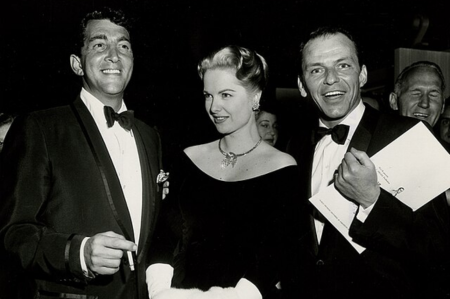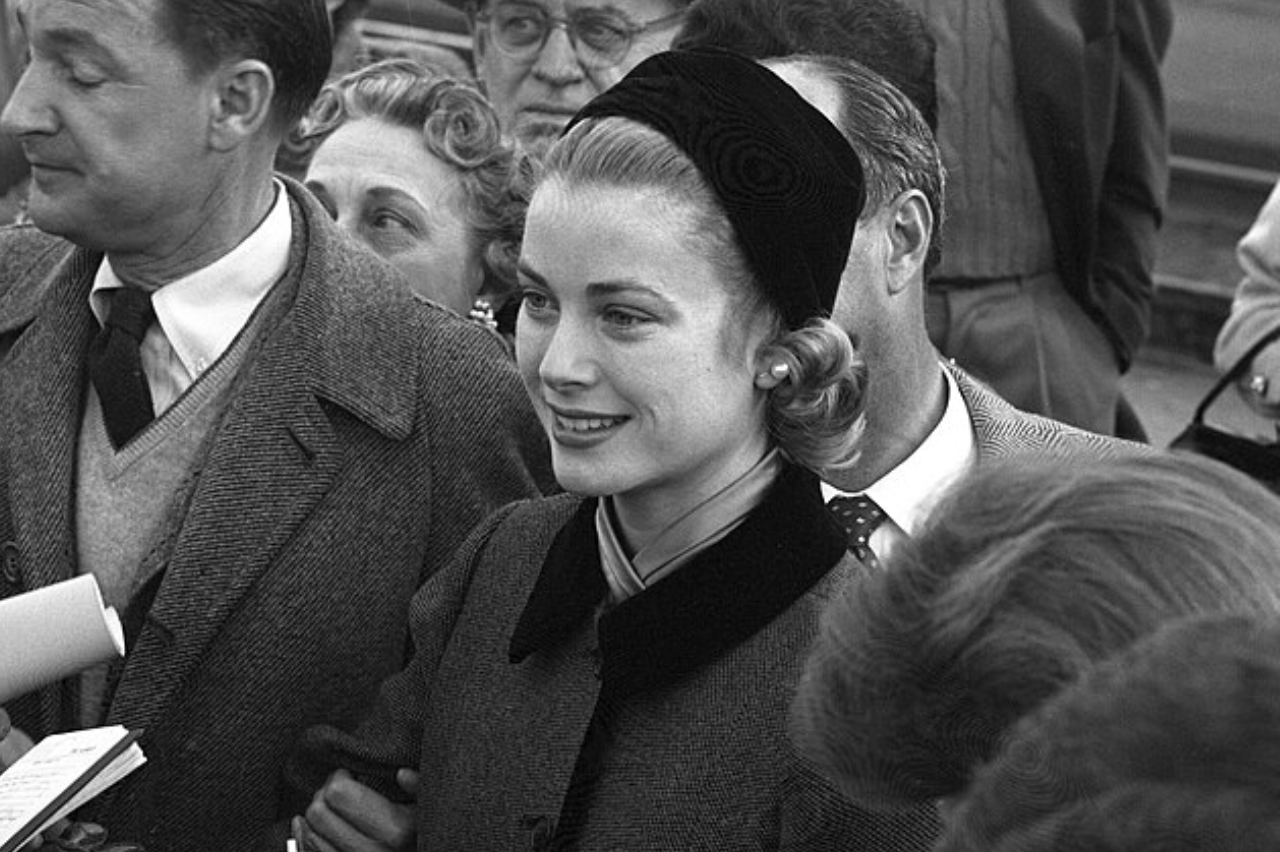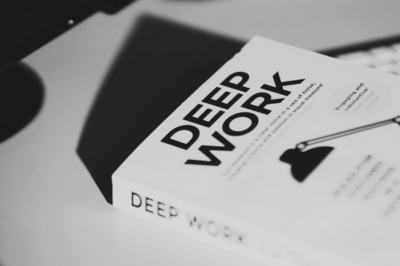
The Timeless Allure of Black and White in Old Hollywood
The allure of Old Hollywood, with its shimmering stars and captivating narratives, is a timeless phenomenon. But what truly sets this era apart, giving it an enduring mystique, is the pervasive and powerful presence of black and white. Before the technicolor explosion, the world of cinema was painted in shades of grey, a spectrum that paradoxically enhanced the vibrancy of its stories and the charisma of its idols. This monochrome palette wasn't a limitation; it was a canvas that brought forth unparalleled drama, sophistication, and an aesthetic that continues to influence fashion, style, and our very definition of timeless beauty. Figures like Audrey Hepburn, with her unparalleled grace, and James Dean, with his raw intensity, became synonymous with this era, their images etched into our collective consciousness, forever embodying the elegance and rebellion that defined Old Hollywood's monochrome magic.
The Power of Monochrome: Where Every Shade Tells a Story
In the nascent days of cinema, black and white was not a choice but a necessity. Yet, this constraint proved to be a powerful artistic tool. Stripped of the distractions of color, the focus shifted entirely to composition, light, shadow, and the nuanced expressions of the actors. This forced emphasis created a visual language that was inherently dramatic and sophisticated. Think of the stark contrast in film noir, where deep shadows could signify danger or hidden motives, or the luminous close-ups that highlighted every flicker of emotion on an actress's face.
Black and white visuals possessed an unparalleled ability to evoke mood. A dimly lit street scene in Casablanca instantly conveyed a sense of mystery and intrigue, while the sun-drenched beaches in From Here to Eternity felt equally evocative, despite the absence of vibrant hues. This monochromatic world shaped Hollywood glamour profoundly. The gowns seemed to shimmer more, the tailored suits appeared sharper, and every perfectly coiffed hairstyle or meticulously applied lipstick stood out with an almost sculptural quality. It was a world where light and shadow became characters in themselves, telling stories even before the actors uttered a word. This deliberate play of tones created an atmosphere of timeless elegance, where less was indeed more, and every frame was a meticulously crafted work of art.
Audrey Hepburn: The Epitome of Elegance in Black and White
When one thinks of grace and sophistication, Audrey Hepburn inevitably comes to mind, and her image is inextricably linked with the timeless allure of black and white. Her slender silhouette, elegant neck, and captivating eyes were perfectly suited to the monochrome lens, which seemed to enhance her ethereal beauty rather than diminish it. Think of her iconic turn as Holly Golightly in Breakfast at Tiffany’s. The opening scene, with her in that Givenchy black dress, pearls, and oversized sunglasses, gazing into the Tiffany's window, is a masterclass in monochrome elegance. The stark contrast of the black dress against the light pavement, the subtle glimmer of her jewelry, and the refined lines of her posture are all amplified by the absence of color. It's an image that transcends time, and much of its power lies in its monochromatic presentation.
Beyond Breakfast at Tiffany's, consider her portrayal of Princess Ann in Roman Holiday. The simplicity of her wardrobe – a full skirt, a simple blouse, and eventually a chic short haircut – all became iconic, precisely because black and white emphasized the clean lines and the understated sophistication of her style. Monochrome photography and film elevated her timeless appeal by focusing on the purity of her form and the expressiveness of her face, allowing her innate charm and elegance to shine through without the distraction of color. Her influence on modern fashion is immeasurable; the "little black dress," for instance, became a perennial symbol of chic, in large part due to her elegant adoption of it. Designers still draw inspiration from her minimalist yet impactful aesthetic, proving that true style is indeed timeless, and often, best presented in black and white.
James Dean: The Rebel in Monochrome
In stark contrast to Audrey Hepburn's refined grace, James Dean embodied a raw, rebellious energy that also found its perfect canvas in black and white. His brooding gaze, tousled hair, and casual yet intense demeanor were amplified by the monochrome palette, cementing his status as a cultural icon. Consider his most famous role as Jim Stark in Rebel Without a Cause. The classic image of him leaning against a building, cigarette in hand, with his signature red jacket (which, ironically, appeared as a striking shade of grey in the film) perfectly captures his essence. The black and white film accentuated the contours of his face, the intensity in his eyes, and the subtle defiance in his posture, making him the quintessential "rebel."
The dramatic shadows and highlights inherent in black and white cinematography further amplified his persona. His anguished expressions, moments of quiet introspection, and sudden bursts of passion were all rendered with a heightened sense of drama. This visual impact allowed audiences to connect more deeply with his internal struggles and the youthful angst he so powerfully portrayed. Black and white amplified his "rebel" persona by stripping away superficiality, forcing viewers to confront the raw emotion and simmering intensity beneath the surface. His short but impactful career, immortalized in black and white, left an indelible mark on culture, influencing not only acting styles but also an entire generation's sense of cool, rugged charm.
Other Old Hollywood Icons: A Tapestry of Monochrome Style
Audrey Hepburn and James Dean are but two luminous examples in the vast galaxy of Old Hollywood stars whose images were defined by the monochrome era. Marilyn Monroe, the ultimate bombshell, also found her power amplified in black and white. Her radiant smile and seductive poses, captured in countless iconic photographs, gained an almost ethereal quality without the distraction of color. Think of her famous flying skirt scene in The Seven Year Itch; the sheer drama of the moment is heightened by the monochromatic focus on form and movement.
Humphrey Bogart, with his trench coat and fedora, became the epitome of the hard-boiled detective or the world-weary cynic. His world in films like Casablanca was a chiaroscuro of smoke-filled rooms and dimly lit alleys, where his rugged features and stoic expressions were perfectly suited to the black and white medium. Grace Kelly, the epitome of sophisticated beauty, also shone in black and white. Her elegance and poise in films like Rear Window were underscored by the monochrome aesthetic, which highlighted the exquisite tailoring of her costumes and the refined contours of her face. These icons, and many others, created a cultural shift not only through their performances but through their timeless black-and-white portraits. These images became symbols of aspiration, rebellion, and unparalleled glamour, their enduring impact a testament to the evocative power of monochrome.
Legacy of Black and White in Modern Fashion: An Eternal Echo
The allure of Old Hollywood's black and white aesthetics hasn't faded with the advent of color. In fact, it continues to exert a powerful influence on modern fashion photography and campaigns, proving its enduring appeal as a symbol of sophistication and timelessness. Contemporary designers and brands frequently draw inspiration from this rich visual heritage.
Consider the advertising campaigns of luxury brands like Dior and Chanel. While they often feature vibrant collections, their most iconic and enduring campaigns frequently revert to black and white photography. This choice is deliberate; it instantly evokes a sense of classic elegance, heritage, and an almost artistic purity that color might sometimes dilute. For example, Chanel’s perennial campaigns, often featuring models in classic tweed suits or with their iconic bags, are frequently shot in black and white, lending them an aura of timeless chic. Similarly, Dior's "New Look" of the 1940s, with its revolutionary silhouettes, is often referenced in modern photography through monochrome, emphasizing the architectural lines and dramatic flair of the designs.
Celebrities too, often opt for black and white photography for their most impactful fashion moments, from magazine covers to red carpet portraits. This choice adds an immediate layer of sophistication and allows their personal style to speak volumes without the distraction of color. The legacy of black and white in modern fashion is a clear testament to its enduring power: it allows the essence of the design, the emotion of the moment, and the inherent beauty of the subject to come to the forefront, creating images that are not just fashionable, but truly timeless.
Conclusion: An Eternal Shade of Sophistication
The journey through the golden era of Old Hollywood, viewed through the lens of black and white, reveals an enduring truth: true elegance and impact often lie in simplicity. What began as a technological limitation blossomed into a powerful artistic choice, shaping an entire era of cinematic history and creating an aesthetic that continues to captivate. The monochrome palette, far from being restrictive, allowed for a focus on dramatic storytelling, nuanced emotions, and the inherent charisma of its stars.
Audrey Hepburn's timeless elegance, James Dean's rebellious spirit, and the iconic glamour of countless other legends were not just captured but elevated by the interplay of light and shadow, creating images that are indelibly etched into our cultural memory. Even today, in a world saturated with vibrant hues, the sophisticated simplicity of black and white remains the ultimate symbol of refinement, drama, and enduring style. It reminds us that beauty isn't always about what's brightest, but often about what's most profound. In a world of color, black and white remains eternal, a silent testament to the lasting allure of Old Hollywood's golden age.




